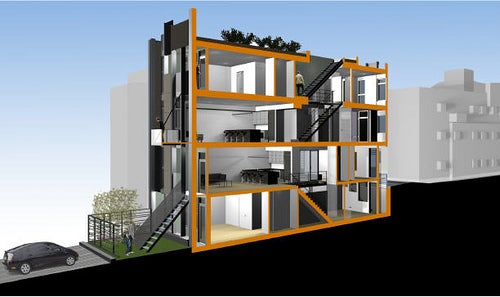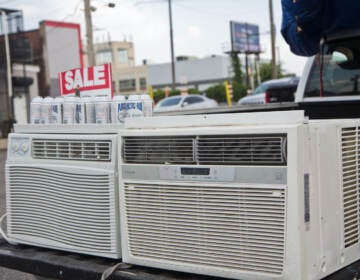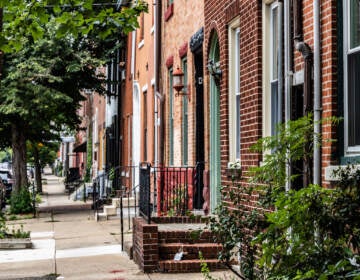Sustaining the green effort

Onion Flats’ Thin Flats / Cityspace
June 29
By Kellie Patrick Gates
For PlanPhilly
A simple way to make any project greener, said the panelists leading the sustainable development discussion at Thursday’s Urban Marketplace Symposium, is to build it in a city.
“Just having a project begin in a dense, urban location, you’re already far down the road in effectively reducing its carbon impact,” said Paul Freitag, director of development for Jonathan Rose Companies in New York. Jonathan Rose has built several green low-income housing projects in New York.
Johnny McDonald, chief operating officer of Fishtown’s Onion Flats, said building green does not have to cost a developer “one more penny” than building a standard project. “We believe with just an ounce more thought, we can create a larger impact,” he said.
At a project on which they broke ground in 2002, when there was no such thing as LEED certification for residential properties, 80 percent of the site has permeable surfaces. Radiant heat warms the place from the floors up – people walking on the floors feel warmer without spending as much energy to heat the place. And a rain collection system keeps still more water from entering Philadelphia’s beleaguered sewer system.
When the small company – which consists of McDonald, his two brothers and a childhood friend – went to the water department to get a permit for the underground cistern, no one knew how to permit it. “We shut our mouths, walked out and did it,” McDonald said. “Later that year, we got an award.”
Onion Flats may have been ahead of the city back then, but now Philadelphia is encouraging sustainability everywhere. The city recently unveiled Greenworks Philadelphia – a plan to turn Philadelphia into the greenest city in the nation.
Several of the panelists touched on Greenworks. Michael Szura, director of Landscape Architecture for Langan Engineering & Environmental Services, spoke in detail about some of Greenworks’ objectives, including reducing the amount of impervious surfaces that put more water into Philaldelphia’s sewer systems and sometimes cause overflows, adding more street trees, and creating more green space – particularly in neighborhoods that lack parks now
Notably absent from the panel was the plan’s architect, former Philadelphia sustainability director Mark Allen Hughes. His last day on the job was June 18.
Szura said after the session that he hopes the city hires a new sustainability director soon. Greenworks needs someone pushing hard to make sure it doesn’t end up a dusty document on a shelf.
“The plan is great,” Szura said. “But it’s what we do with it that’s really important.”
Contact the reporter at kelliespatrick@gmail.com
WHYY is your source for fact-based, in-depth journalism and information. As a nonprofit organization, we rely on financial support from readers like you. Please give today.






